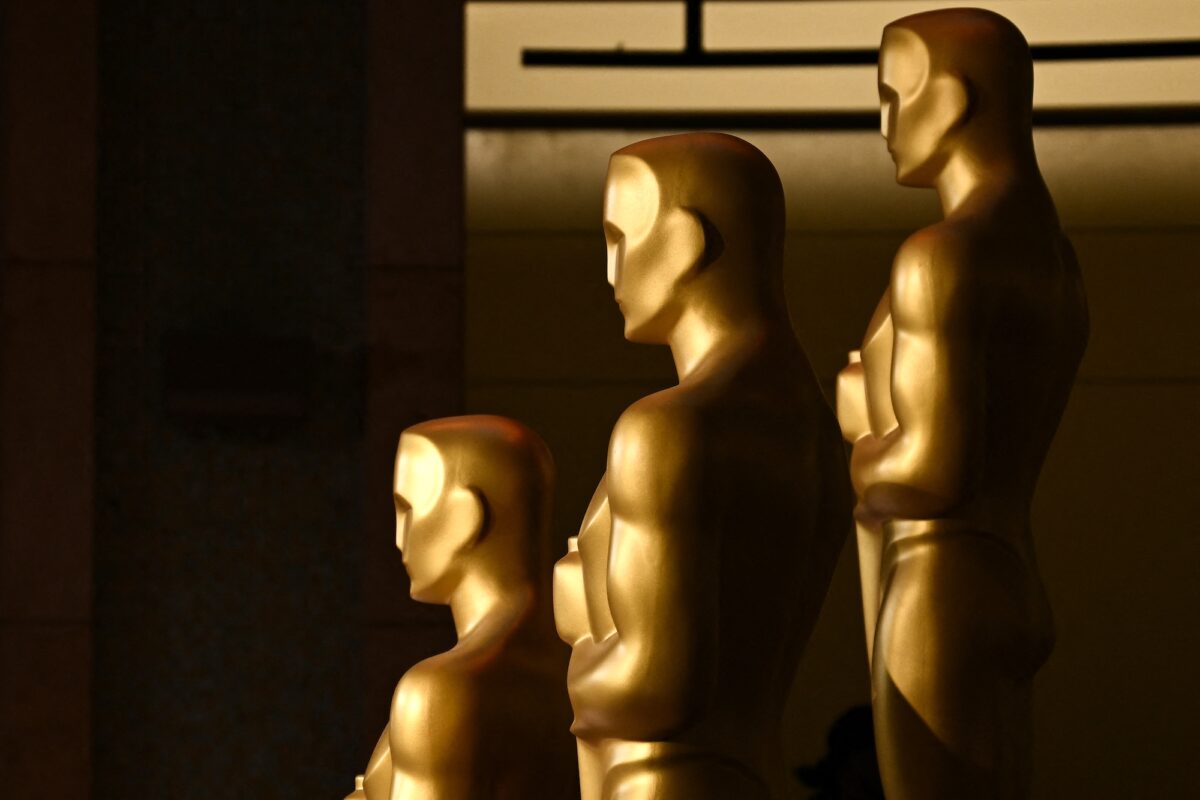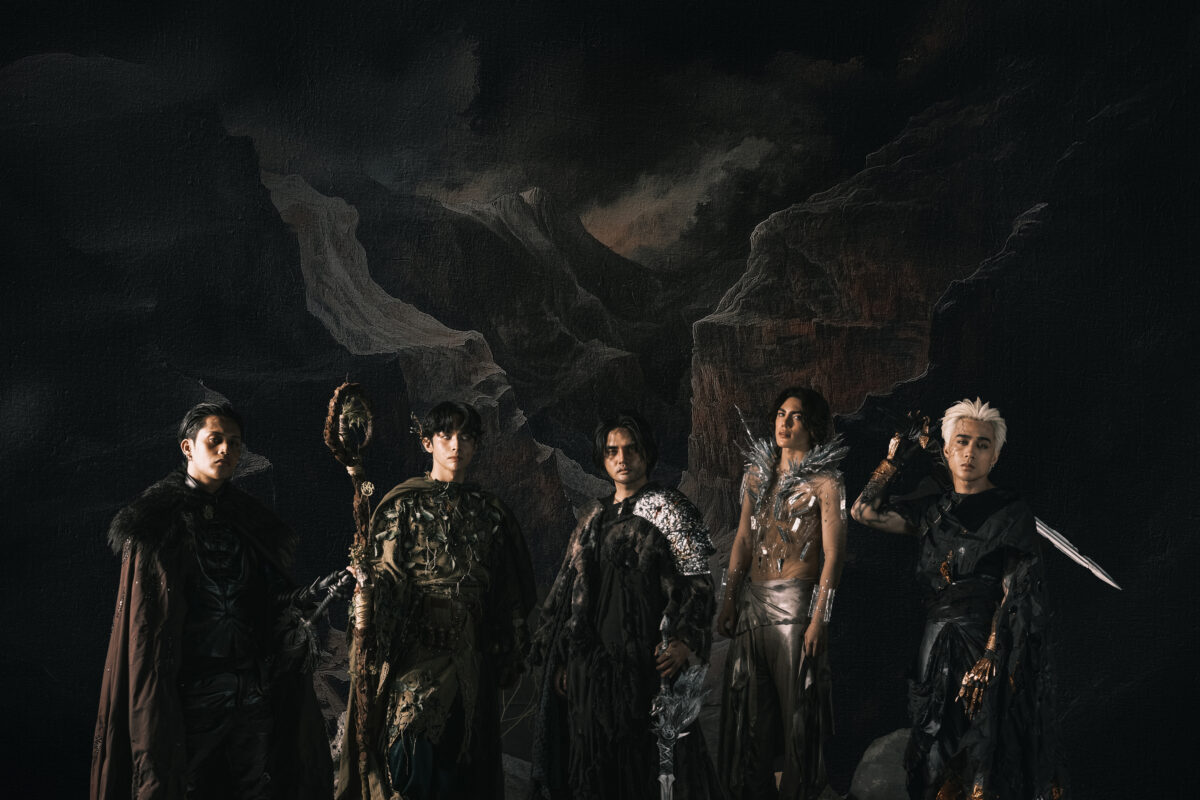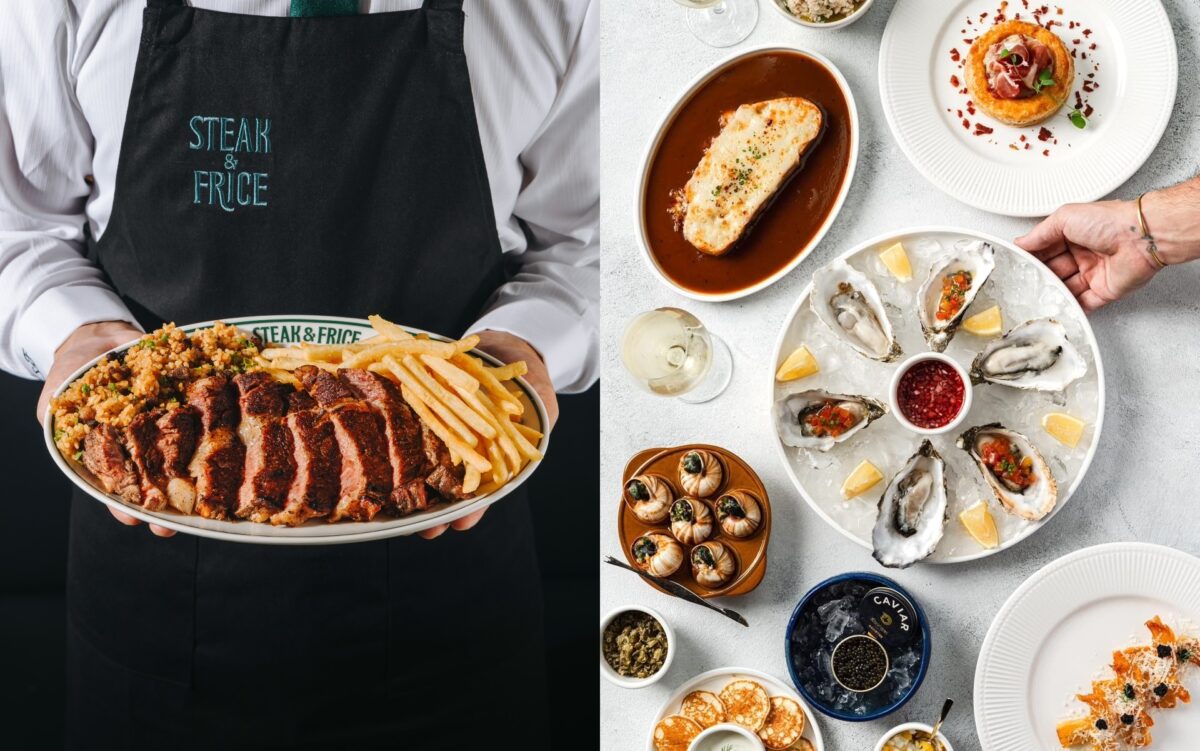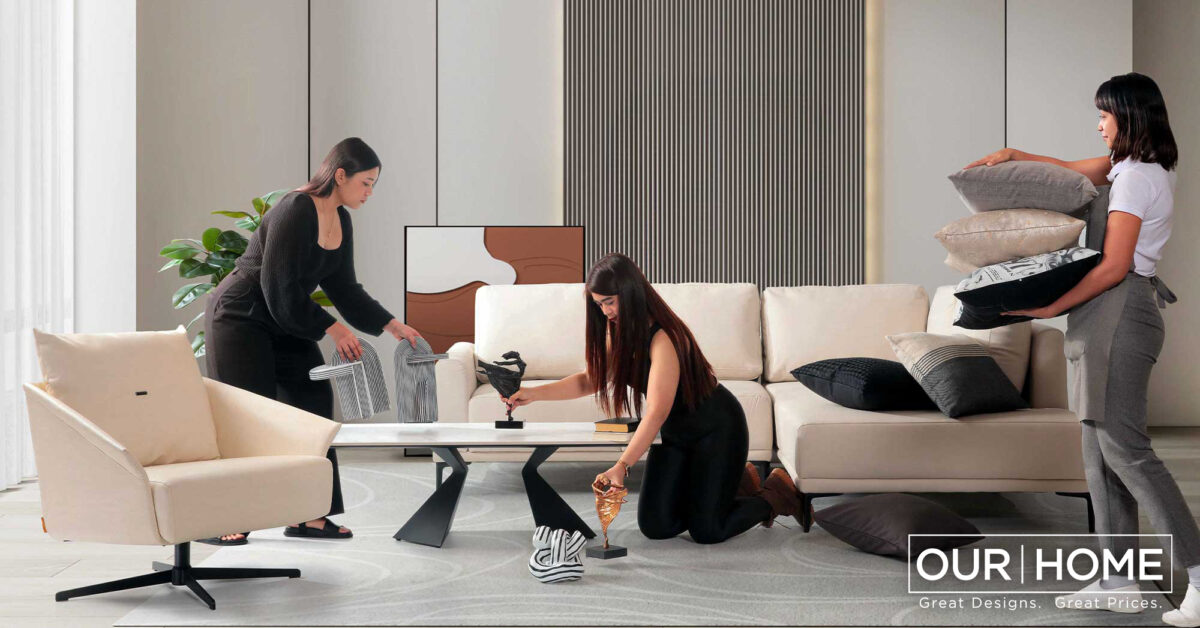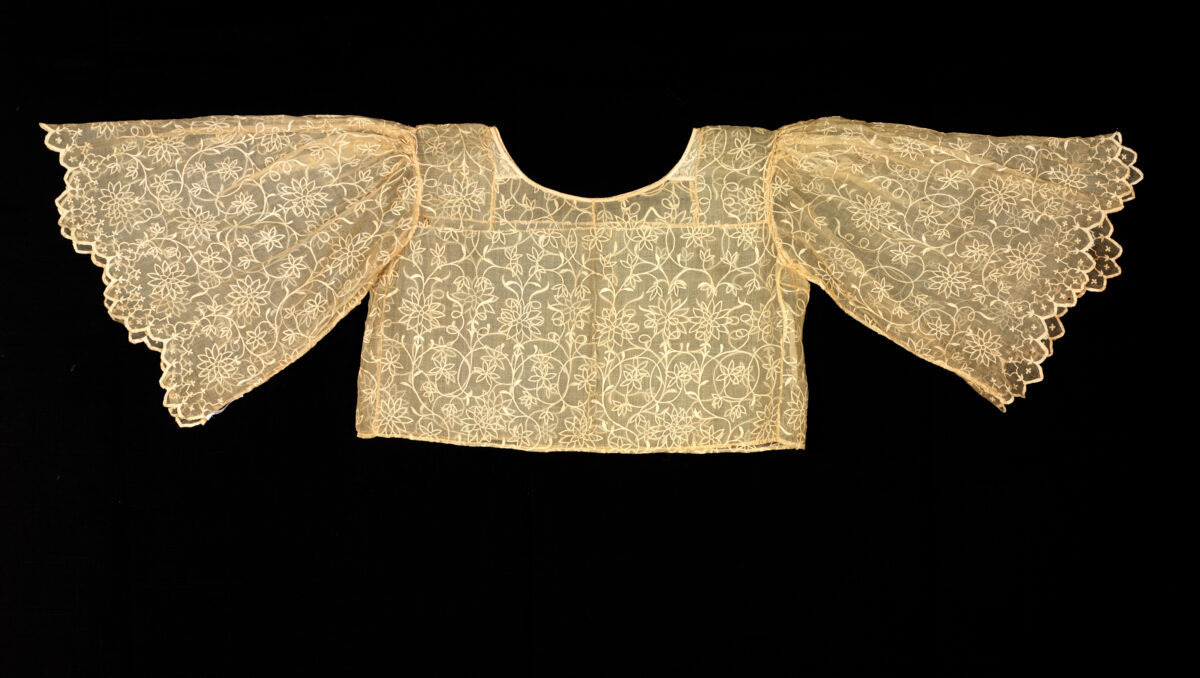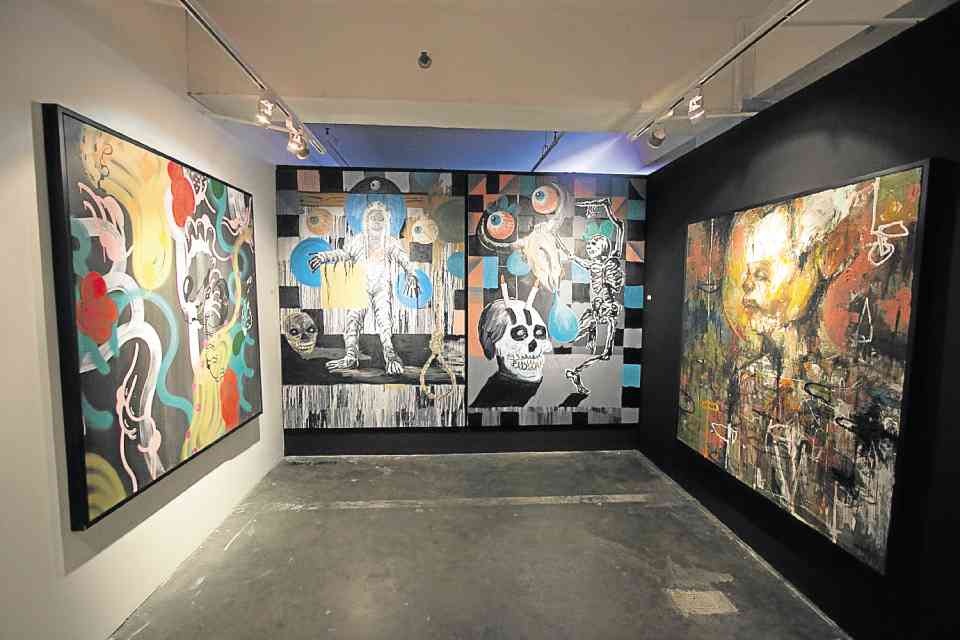
Purists may rant against the commodification of art and the hegemony of the culture industry, but if you really want to get schooled on the contemporary Philippine art scene, you could do worse than immerse yourself in the annual four-day Art Fair Philippines, which runs until today.
Billing itself as “the best in contemporary Philippine art,” Art Fair Philippines has grown from its relatively modest beginnings in 2013 to become one of the biggest events in the local cultural calendar.
Last year’s fair drew 16,000 attendees. Anticipating a bigger crowd this year, the fair has expanded to two cavernous floors of The Link in the Ayala Center in Makati, plus a sizeable Lecture Lounge on another floor. There are 40 participating galleries this year, including some from Indonesia, Japan, Hong Kong, Singapore, Taiwan and Spain.
Global phenomenon
“Art fairs are a big global phenomenon,” says Lisa Periquet of Philippine Art Events Inc., Art Fair Philippines’ organizers. “Most art is sold in art fairs rather than galleries now. That’s the trend because everything is in one place, and it’s a nice, unintimidating atmosphere.”
“Unintimidating” is the key. In an art fair, art descends from its exalted high temple and enters the marketplace where mere mortals dwell. Chin-stroking art snobbery gives way to unabashed but informed appreciation. In some cases, the artist himself/herself may be present at his/her exhibit, allowing for a bit of interaction with his/her public.
With so much art on display, and so little time, brain fatigue inevitably sets in after a while. Luckily, the fair provides other diversions. Apart from the gallery spaces, there are two cafés, a wine bar, and bookstores selling art books and souvenir items at the fair.
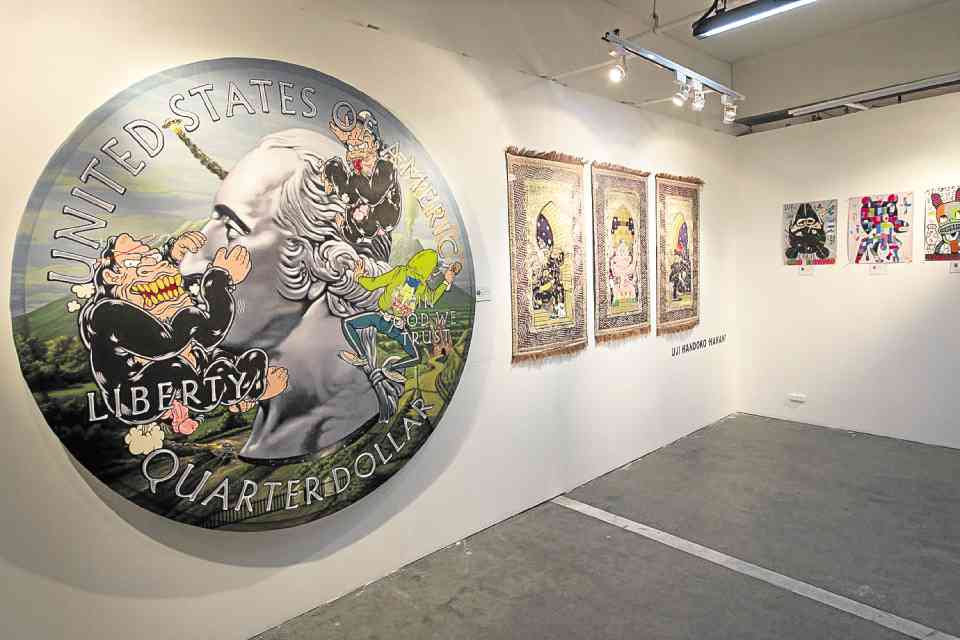
There are also daily museum tours from the venue to the National Museum, the Ayala Museum, the Lopez Museum, the Ateneo Art Gallery, the UP Vargas Museum and the Pinto Art Museum, as well as daily lectures on a variety of subjects, from installation art to art insurance.
“When we started, we wanted to widen the audience locally,” adds Periquet. “But we also got some regional exposure: People from institutions in Hong Kong and Singapore fly in. There are always people looking to buy art for their collections.”
Gallery participation is by invitation only. Selection is made by Periquet and her partners, Dindin Araneta and Trickie Lopa, who form the organizing committee.
“We try to set certain standards,” she continues. “You can’t just pay for a space and come in here. We look for galleries with a track record of regular and consistent programming through the years, galleries that look after their artists. Those are the ones who tend to have quality output.”
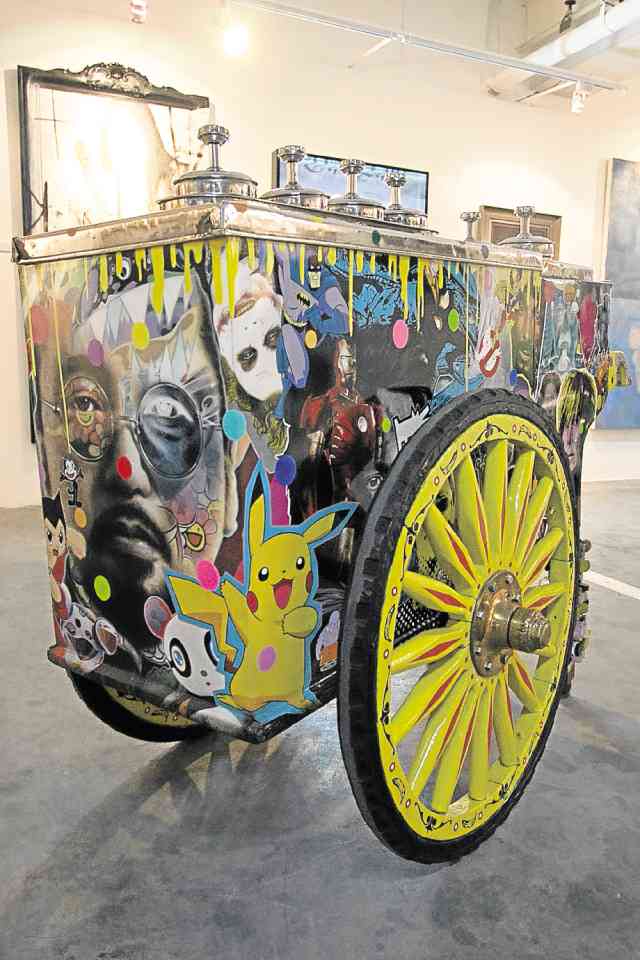
Gamut of styles
Participants this year include established galleries such as the West Gallery, the Crucible Gallery, Finale Art File and Pinto Art Gallery, as well as younger, hipper art venues such as Secret Fresh and Vinyl on Vinyl. Apart from works in the traditional media, i.e. painting, sculpture, graphic arts, there are photographs, installations, video art, works in fabric and mixed media.
Naturally, the artworks run the whole gamut of contemporary styles, from abstract, surrealist, expressionist and social realist to conceptual, pop and lowbrow.
The artists on exhibit are also an interesting mix of established names such as Brenda Fajardo, Arturo Luz, Gabby Barredo, José Tence Ruiz, Charlie Co, Fernando Zobel, Ronald Ventura, Emmanuel Garibay; and young, up-and-coming artists.
A highlight of this year’s fair are the eight special exhibits especially commissioned for this year’s fair by artists Alfredo and Isabel Aquilizan, Martha Atienza, Nona Garcia, Mark Justiniani, At Maculangan, Raffy Napay, Pamela Yan Santos and Mac Valdezco.
But there’s more to the fair than just art for art’s sake.
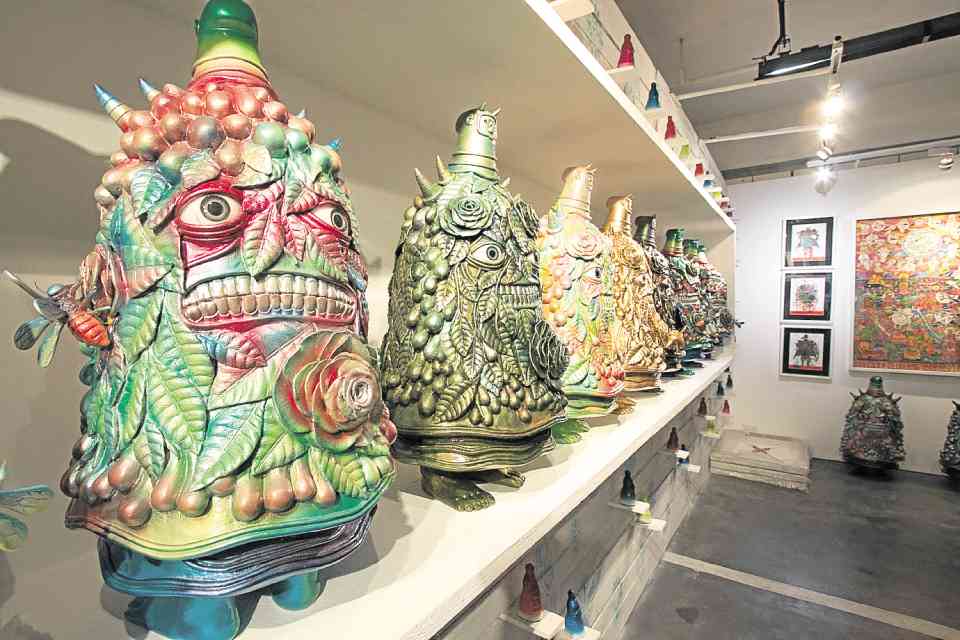
It’s a balancing act between art and commerce, says Periquet. Sponsors are a necessary element in the equation: Without their money, the fair could not go on.
In turn, they get some say on which artists’ works are showcased, apart from the usual media values. For instance, multi-media artist Mark Salvatus’ exhibit was supported by Globe Platinum, while the eight special exhibits are presented by Bench.
The fair is also a venue for the business end of the art scene. Collectors and art brokers come early to snap up the most desirable pieces.
“There’s a lot of networking going on between artists and galleries, and people who come in from abroad looking for artists to showcase,” says Periquet. “There’s a lot of commerce going on here. But this is a market encounter amongst all kinds of elements, not just buyers and sellers.”
Also, she hastens to add, Art Events Inc. has no part in and gets no commissions from whatever transactions take place between the aforementioned elements.
Meanwhile, they’ve set their sights on the wider global art market.
“We hope that when people want to know what’s happening in Philippine art, this event is what they will look at. For four days, once a year, we have the best contemporary art happening now.”
Art Fair Philippines is on its last day today at Levels 5, 6 and 7 of The Link, Ayala Center, Makati City. For more information, visit www.artfairphilippines.com, Facebook/artfairph, Twitter artfairph, Instagram @artfairph.
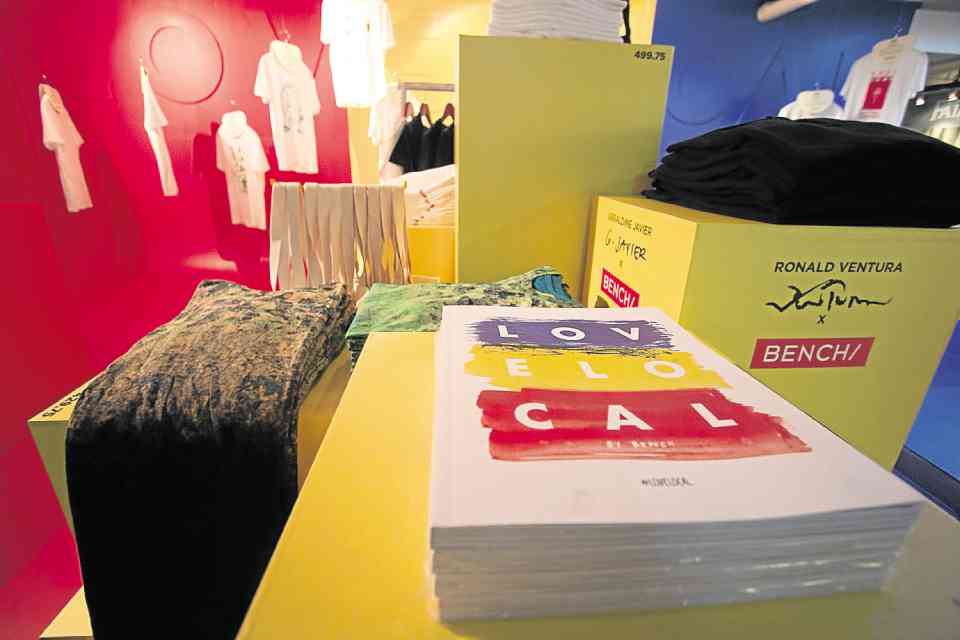
RELATED STORIES
Heart Evangelista and Xian Lim Join Roster of Artists Exhibiting at Art Fair Philippines
Here Are Five Works You Must See at Art Fair Philippines 2016
More, younger art aficionados mean a bigger Art Fair Philippines for 2016





